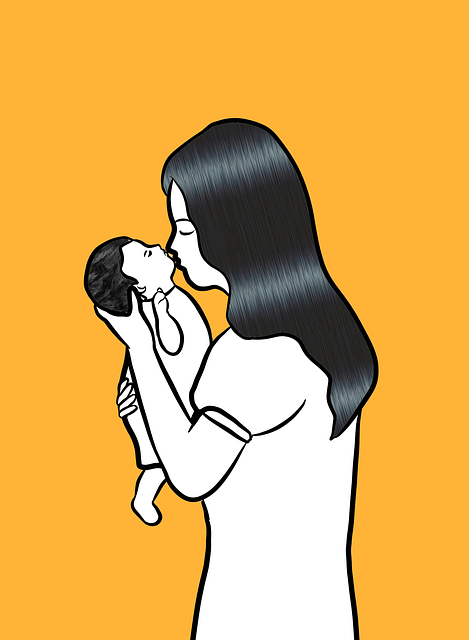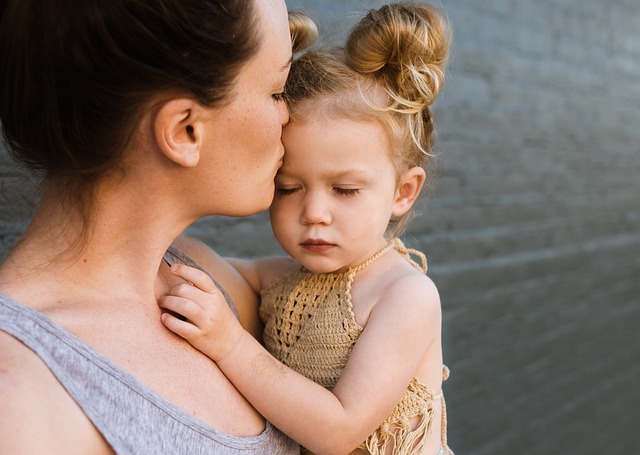Oregon's Child Protective Services (CPS) safeguards children from abuse and neglect through a multi-step legal process. It begins with a report of suspected abuse, followed by an assessment, and potential legal action. Both parents and children have rights during proceedings outlined in the child protective services law, ensuring fairness and privacy protections. The process involves adjudication to determine dependency, placement options for the child's safety, and case closure once a stable situation is achieved.
“Oregon’s child welfare legal procedures are intricate and crucial for ensuring the safety and well-being of children. This comprehensive guide delves into the key aspects of the state’s child protective services (CPS) system. From understanding the initiation of a child welfare case and the rights of parents and children, to adjudication processes and final case closure, this article provides an in-depth overview. Familiarizing yourself with Oregon’s CPS law is essential for navigating these complex proceedings.”
- Oregon's Child Protective Services: An Overview
- Initiating a Child Welfare Case: Legal Steps
- Rights of Parents and Children in Proceedings
- Adjudication, Placement, and Case Closure Procedures
Oregon's Child Protective Services: An Overview

Oregon’s Child Protective Services (CPS) is a crucial division within the state’s Department of Human Services, responsible for ensuring the safety and well-being of children. The CPS legal procedures are designed to protect vulnerable youth from abuse and neglect while also providing support and resources to families in need. Under Oregon’s child protective services law, CPS investigates reports of child abuse or neglect and determines whether there is sufficient evidence to take further action, which can include temporary placement or permanent guardianship.
The agency works collaboratively with various stakeholders, including schools, healthcare providers, and community organizations, to identify potential risks and intervene early. Oregon’s CPS legal framework emphasizes family-centered services, aiming to keep families together whenever possible while ensuring children’s safety. This approach involves offering preventative measures, in-home support, and case management to help families build on their strengths and overcome challenges.
Initiating a Child Welfare Case: Legal Steps

Initiating a Child Welfare Case involves several legal steps outlined by Oregon’s child protective services law. The process typically starts with a report of suspected abuse or neglect made to local child protective services (CPS). This report can come from various sources, including concerned individuals, healthcare professionals, or law enforcement. Upon receipt, CPS conducts an initial assessment to determine if there is sufficient cause to open a case.
If the assessment warrants further investigation, CPS will serve legal documents, such as a Petition for Protective Services, on the parents or guardians involved. This petition outlines the alleged incidents of abuse or neglect and seeks court intervention. The next step involves a hearing where both parties present their cases. A judge then makes a decision regarding temporary arrangements for the child’s safety and well-being until a resolution is reached.
Rights of Parents and Children in Proceedings

In Oregon, both parents and children have specific rights during child protective services (CPS) proceedings. Parents have the right to be informed of all charges against them, participate in hearings, and retain legal counsel for their defense. They can also request a fair hearing if they disagree with any decisions made by CPS. Children, on the other hand, are entitled to representation by a guardian ad litem, who advocates for their best interests. This ensures that children’s voices are heard and their rights protected throughout the process.
Additionally, both parents and children have the right to privacy. Identities are often sealed in court records, and certain information is restricted from public access. These protections aim to preserve the family’s dignity while ensuring a fair and just process for all involved parties under Oregon’s child protective services law.
Adjudication, Placement, and Case Closure Procedures

Oregon’s child welfare legal procedures involve several key stages, including adjudication, placement, and case closure. During adjudication, courts determine whether a child is within the jurisdiction of child protective services law. This process includes hearings where evidence is presented to establish the facts of the case. If a child is found to be dependent or at risk, the court moves to placement decisions.
Placement procedures focus on ensuring the safety and well-being of the child while under the care of child protective services. Options may include staying with relatives, going into foster care, or being returned home with specific safety plans in place. Once a stable living situation is established, the case progresses towards closure. Case closure involves reviewing the child’s progress and determining if further intervention is necessary, ultimately aiming to reunite families or find long-term solutions for the child’s well-being.






